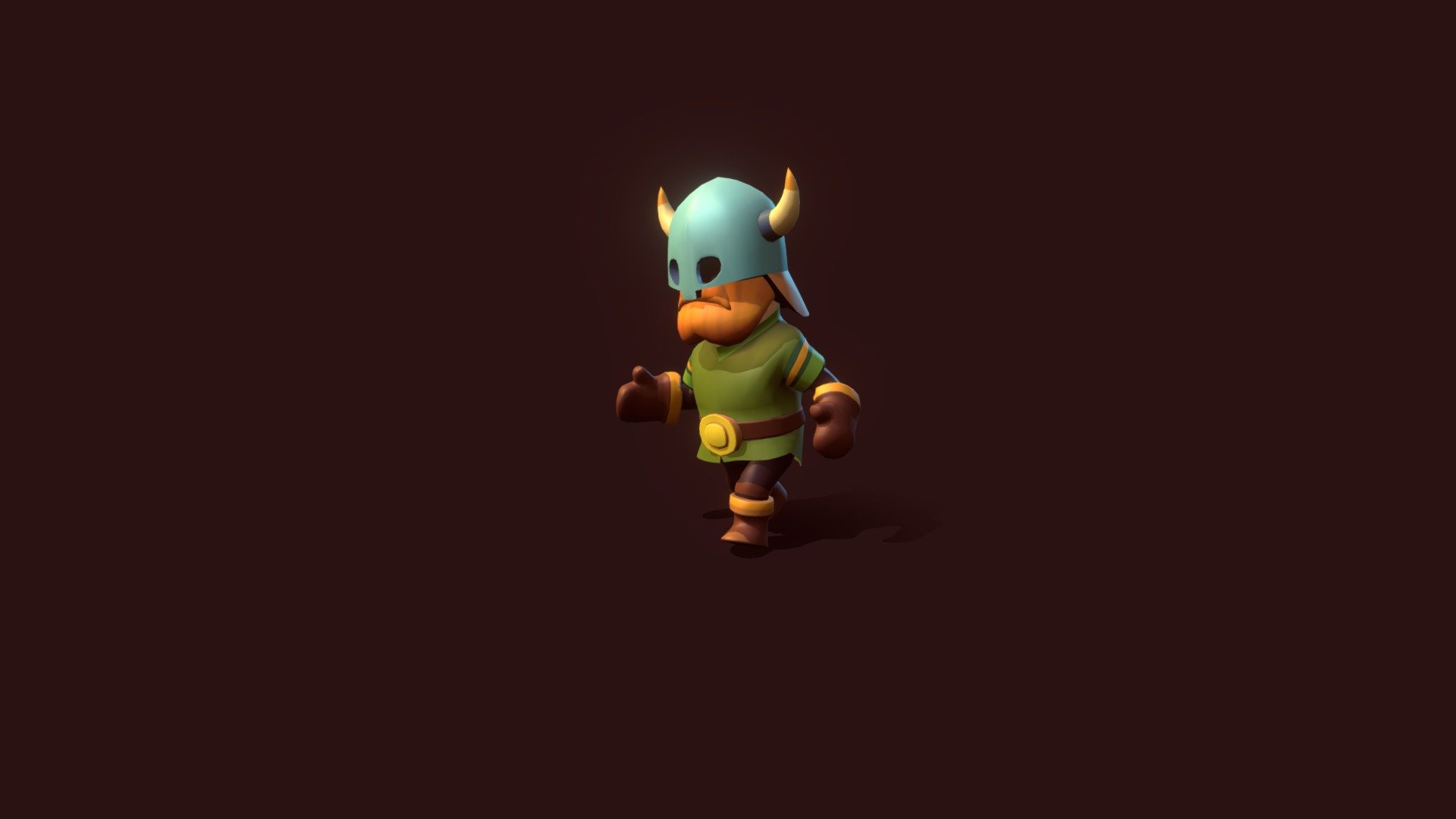
Viking Walk Cycle
sketchfab
Designing a believable Viking walk cycle is crucial for a student project that requires immersion and authenticity. To achieve this, let's break down the movement into its fundamental components. First, consider the Viking's posture. They should stand tall with their shoulders back and chest out, conveying confidence and strength. The weight of their armor should be evenly distributed between both feet, with one foot slightly in front of the other to create a sense of balance and readiness for action. Next, let's examine the movement of the legs. When walking, the Viking should take long strides, keeping their knees slightly bent to absorb the impact of each step. The back leg should remain relatively straight, while the front leg bends at the knee as it moves forward. This will create a smooth, fluid motion that is both powerful and efficient. Now, let's focus on the arms. The Viking's arms should be held close to their body, with the hands clenched into fists. As they walk, the arms should swing in sync with the legs, with the elbows slightly bent to absorb any impact. This will create a sense of fluid motion and help to convey a sense of power and strength. Finally, let's consider the head and facial expression. The Viking should keep their head held high, with their eyes scanning their surroundings for potential threats or dangers. Their facial expression should be one of determination and focus, with a hint of a fierce intensity that suggests they are ready for battle at a moment's notice. By breaking down the movement into these fundamental components, you can create a believable Viking walk cycle that will add depth and authenticity to your student project.
With this file you will be able to print Viking Walk Cycle with your 3D printer. Click on the button and save the file on your computer to work, edit or customize your design. You can also find more 3D designs for printers on Viking Walk Cycle.
